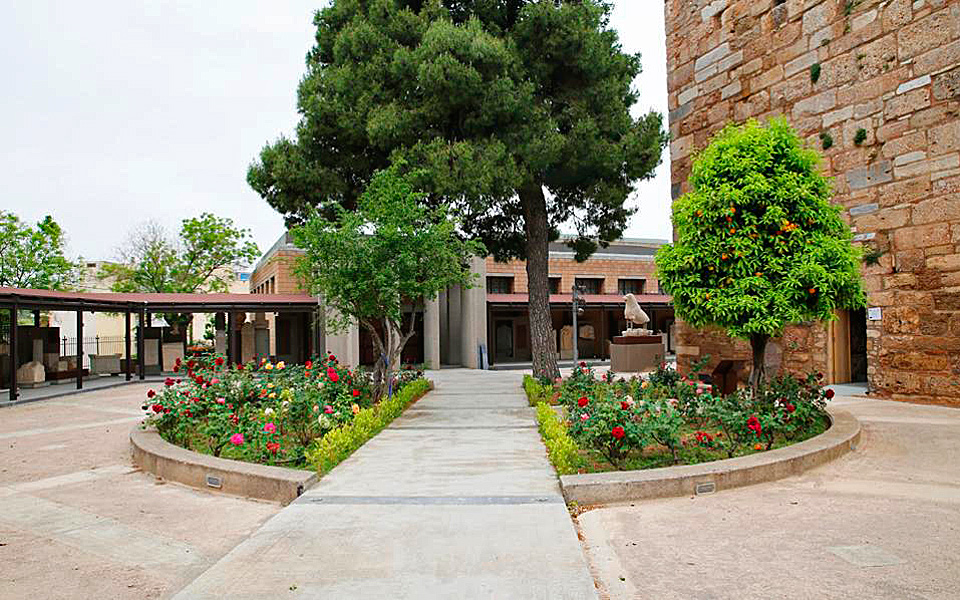Hercules, Dionysos, Cadmos, Antigone, Oedipus, Jocaste were among the most famous residents of Ancient Thebes. Pindar was one of the foremost lyric poets. Hesiod, was another important poet, however it was General Epaminondas who overthrew Spartan sovereignty to transform Ancient Thebes into a strong city state. These ancient voices remained silenced since the closure of the museum in 2007, however the new Archeological Museum of Thebes, officially inaugurated on Tuesday showcases the timelessness of culture in Viotia in Central Greece from prehistory to the post-Byzantine era.
The new exhibition is divided into 18 units, eleven of which follow chronological order from peleolithic times until the foundation of the modern Greek state. The display gives visitors a grasp of the development of culture, daily life, politics and social changes in Viotia. The specialized sections shed light on the history of the archeological museum itself, as well as on the first excavations that took place in the area, the myths linked to the site and its radiance from antiquity until modern times. Gravity is given to the tragedies of the Theban mythological cycle.
“It is a new museum where anybody can comfortably walk through and be informed about the history of Thebes and Viotia in general,” says Alexandra Charami, head of the Ephorate of Antiquities for Viotia.
Two years were needed for the 1,000 sq.m. building with its 640 sq.m. display area to be completed and around six years for the 2,700-strong exhibition to be ready. “It is a huge celebration for our city and for us,” says Charami.
Originally published in Kathimerini newspaper
“It is a new museum where anybody can comfortably walk through and be informed about the history of Thebes and Viotia in general”












